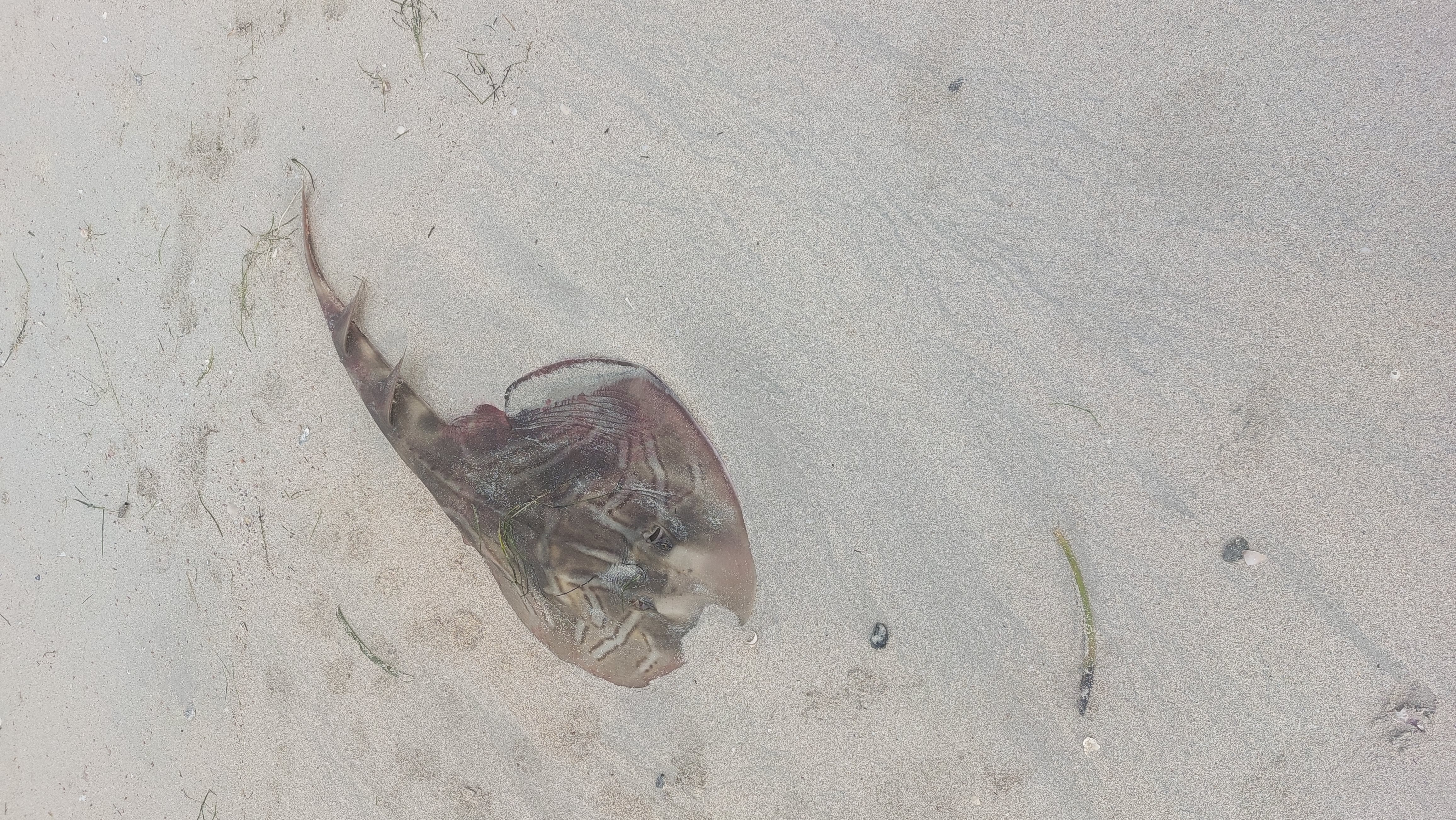Media release
From:
With South Australia’s harmful algal bloom devastating coastal communities, a University of South Australia tourism expert is urging its local communities to show solidarity and find creative ways to support affected regions.
Adjunct Senior Lecturer in Tourism Management Dr Freya Higgins-Desbiolles is asking South Australians to rally behind coastal communities hit hard by the bloom which has killed thousands of marine animals and triggered widespread anxiety and economic pain.
For months the state’s coastline has been plagued by a large-scale bloom of Karenia mikimotoi, a harmful algae killing marine life and degrading once-thriving underwater ecosystems. The disaster has also dealt a heavy blow to local tourism and community livelihoods, and has the potential to extend into the peak holiday season.
Dr Higgins-Desbiolles says intrastate travellers should use the crisis as an opportunity to support affected communities by holidaying in coastal hotspots during the upcoming spring and summer holidays and by thinking creatively about how to spend time there.
“In addition to its economic value, tourism has potential social and ecological value, so we should be focusing on how it can connect our communities and support recovery,” she says. “We might rethink tourism to centre local communities and get their input into recovery policies and planning. As we head into summer, we’ll need to get creative with events that bring people together and help build resilience.
“Most tourism businesses along the SA coast remain open for business, and although the conditions of the water may differ from time to time, visiting the beach can still be enjoyed and other activities such as beach games and walks can be explored. Interstate visitors could also help by staying longer and ensuring their spending goes into local businesses, such as markets, shops, bakeries, pubs and wineries.”
Dr Higgins-Desbiolles says it could also be an ideal time for a niche group of tourists – citizen scientists – to visit affected areas, helping local communities to collect data and boost scientific understanding of the bloom.
“We could call upon certain types of visitors – volunteer tourists – who are keen to give back and help. For example, under water divers could visit our coastal areas and help with some of the scientific or restoration work,” she says.
“One of the most interesting insights into this crisis has been the number of people who are providing data on the scale of marine deaths. Citizen scientists have recorded 32,000 entries on 480 species of perished marine life, often through the iNaturalist website. These people are helping address the difficulty of the situation by contributing their time and energy.”
A recent survey by the Tourism Industry Council SA involving restaurants, hotels and marine tourism operators on the Yorke, Eyre and Fleurieu peninsulas, Kangaroo Island and metropolitan Adelaide found that 40% of SA businesses impacted by the algal bloom have experienced a downturn in trade.
The average year on year loss for a business in July 2025 was $52,000, while 14% of respondents reported losses of more than $100,000.
Dr Higgins-Desbiolles says the biggest threat is to South Australia’s clean and green identity and its reputation for pristine coastal ecosystems and ecotourism.
“The tourism industry is going to be very hurt by the branding impact, particularly Kangaroo Island which is our key drawcard for tourism. The crisis has received attention in international media and so there’s a real concern for the long-term impact to our brand,” she says.
“It (the algal bloom) is not going to go away soon. What we will face in the upcoming summer is unknown, but we need to build that confidence among intrastate travellers that coastal areas are still enjoyable. Our beaches are still open for recreation, swimming and enjoyment.”
The State and Commonwealth governments’ $28.5 million support package allows eligible tourism businesses to apply for $10,000 small business grants. More recently, 20,000 travel vouchers for accommodation and experiences were announced in a bid to lure visitors to SA coastal regions ahead of the September school holidays.
South Australians can apply to win one of the Coast is Calling vouchers, which are similar in concept to travel vouchers launched during the COVID-19 pandemic to boost tourism.
Dr Higgins-Desbiolles says experience shows the vouchers do make a difference in sparking demand for local ‘staycations’ however changing mindsets and boosting confidence in coastal and marine environments is critical to easing people’s trepidations.
“We really must rethink the value of intrastate trips and remember that domestic holidays are about more than just our recreation – we can support each other,” she says. “Considering the increasing numbers of climate related crises in Australia – floods, bushfires and droughts – we will find the intrastate tourism market increasingly important.”
“Travelling within our own state is a source of real reliability and comfort for distressed communities.”



 Australia; SA
Australia; SA


